Table of Contents
If you’re like most people, you probably spend a decent amount of time on social media. However, many don’t realize that posting on platforms such as Instagram can be a way to generate some additional income.
With social media channels becoming popular marketing outlets, more businesses are looking to use them to generate leads and boost brand awareness. If you’re passionate about a particular product and have followers with shared interests, becoming an affiliate may be right for you.
In this post, the second in a two-part series, we’ll discuss how you can use Instagram to engage in affiliate marketing and why you’d want to. Then we’ll provide three tips for getting started. Let’s jump in!
How Instagram Affiliate Marketing Works
Once you understand what affiliate marketing is, it's easier to get a sense of how it works on Instagram. In a nutshell, this strategy involves brands paying commissions to people who successfully promote their products.
The parameters for what's considered a successful promotion vary by program. However, it typically means that the brand got a new sale as a direct result of an affiliate's recommendation or referral.
If you're an active Instagram user, you've likely come across an affiliate post (whether you realized it or not):
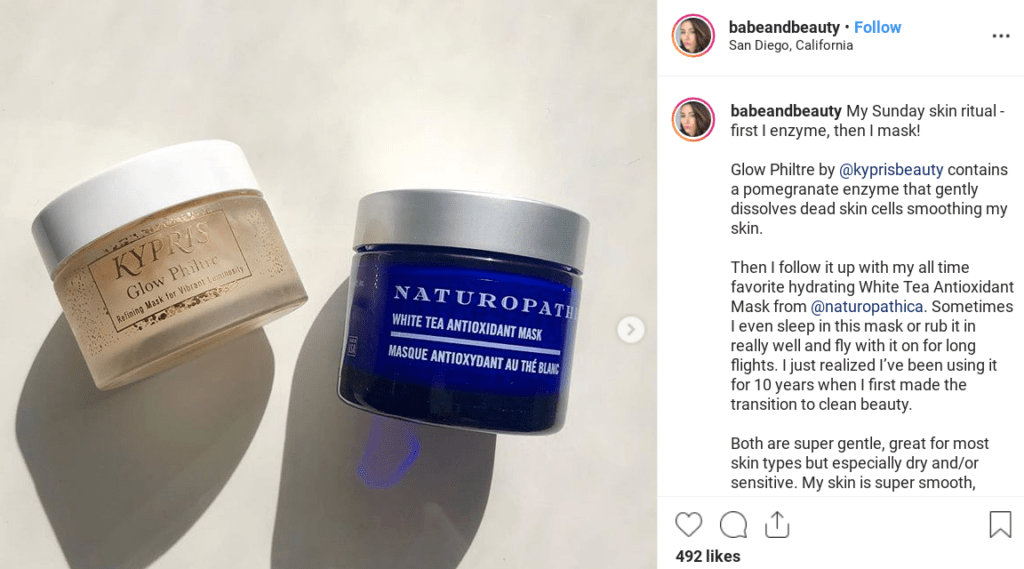
Instagram is becoming an increasingly popular platform for affiliate marketing for several reasons, including:
- People spend a lot of time browsing Instagram and even use it to find new brands and products.
- It's an effective way to target and connect with users who have relevant interests.
- Product recommendations and promotions are often considered more meaningful and trustworthy when they come from peers and non-celebrity influencers.
To learn more about Instagram affiliate marketing and how it works from a brand's perspective, we recommend reading part one of this series. Understanding the merchant-side of this type of partnership can help you be a better, more valuable affiliate.
How to Get Started with Instagram Affiliate Marketing as an Influencer (3 Key Tips)
Contrary to popular assumption, you don’t need to be famous or an established influencer to become an affiliate marketer. You just need to be willing to sell or promote a product on your social media accounts. Let's take a look at some tips for getting started!
1. Promote Products You're Actually Passionate About
Choosing the right brands to partner with is of paramount importance. Your promotions are going to feel much more natural and authentic if you focus on products and services you actually believe in.
Plus, if you genuinely use and enjoy the products you're promoting, it's easier to provide your followers with knowledgable, meaningful insight. Demonstrating authority on a brand and its merchandise can help build credibility and trust among your audience. Ultimately, this can drive conversions and increase your affiliate earnings.
There are a few strategies you can use to find the affiliate partners that make the most sense for you. First, you might consider making a list of some of the products you use and love the most. Then check to see if those brands are seeking influencers. A quick Google search of the company's name and “affiliate program” might yield the results you're looking for.
Next, consider the kind of content you regularly post on Instagram. For example, if you often post about your workout routine, partnering with fitness-related brands might make the most sense for you.
Another effective way to find potential affiliate programs and products is by exploring sites such as ShareASale:
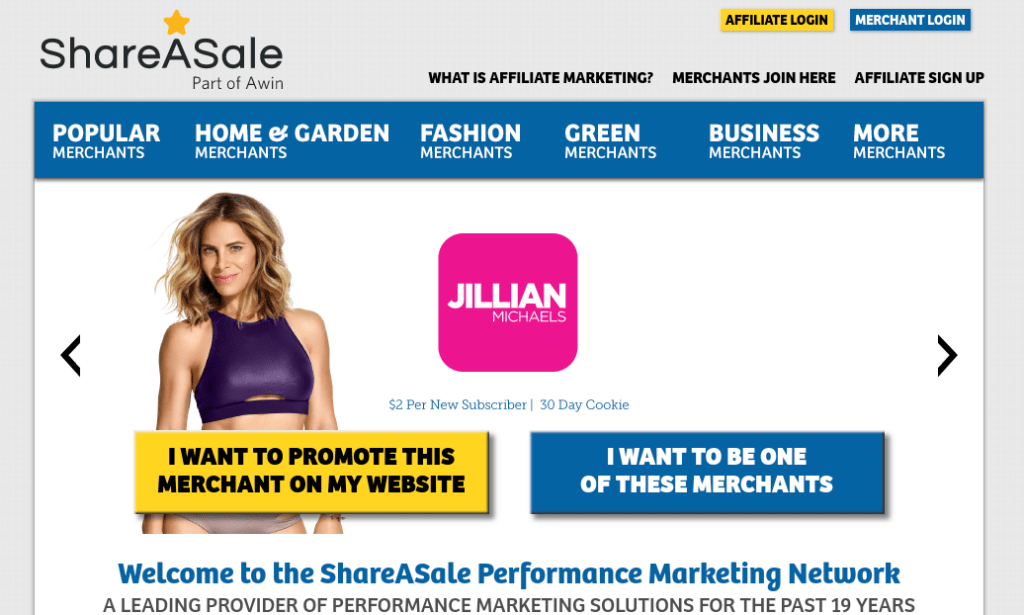
This platform makes it easy to sign up for affiliate marketing networks. You can also get a better idea of which brands are available to work with.
2. Conduct Research to Create an Informed Content Strategy
Once you decide on products to promote, it's time to start thinking about your affiliate content strategy. Conducting even a little research on the type of Instagram posts that get the most engagement can go a long way.
For example, research has found shorter captions generally lead to more engagement, such as comments and likes. Of course, every account and audience is different.
To get an idea of the kind of content that works for your market, consider browsing the profiles and posts of other influencers in your niche. Hashtags make Instagram a helpful search engine.
Something else to keep in mind is that Instagram is driven by visual content. Therefore, it's smart to make a consistent aesthetic part of your affiliate branding and content strategy.
To make establishing a cohesive style across your posts easier, you might consider using a tool such as Over:
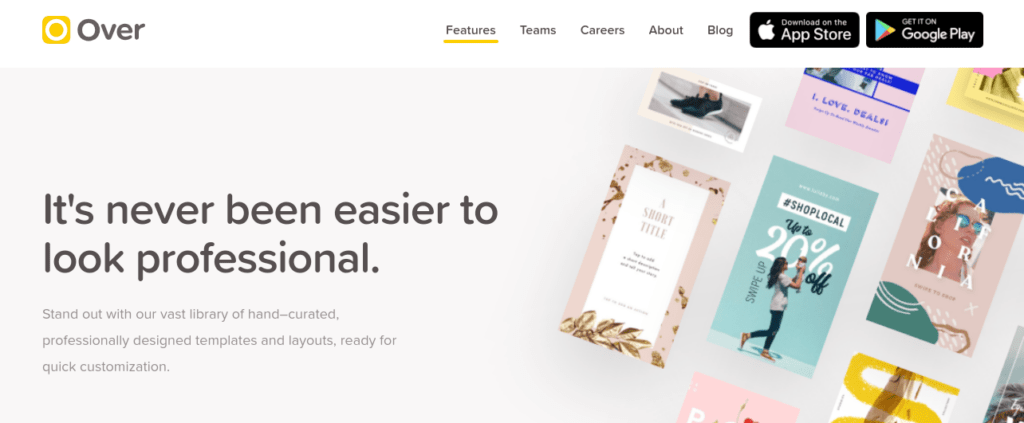
This app is available for Android and iOS. You can use it to design templates, customize your content, and use unique, attractive fonts and color palettes.
Even if Instagram is your preferred platform for affiliate marketing, keep in mind you're not limited to that channel. In fact, many programs prefer influencers who have a blog or website in addition to their social media accounts.
3. Understand Your Options for Linking
Your links are arguably the most vital aspect of your affiliate promotions. Brands use customized URLs to track sales and, therefore, your commissions. It's important you incorporate them in your posts as effectively as possible.
If you have over 10,000 followers or are verified on Instagram, you can use the Swipe Up feature on Stories to link to your affiliate landing pages or blog:
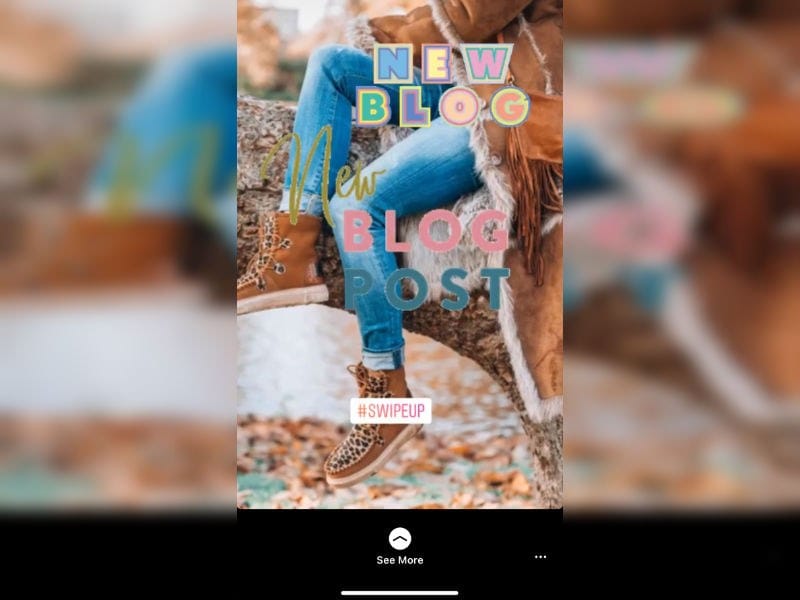
However, if you don't have that kind of following yet, it's okay. There are other linking options, including:
- Adding affiliate links in your Instagram bio
- Using a third-party bio link app
- Adding URLs to your pictures as watermarks
Regardless of the method you choose, it's important to optimize your affiliate links. They're known for being long and filled with messy characters for referral tracking purposes.
Fortunately, if you have a WordPress site, you can shorten them using a plugin such as Pretty Links:
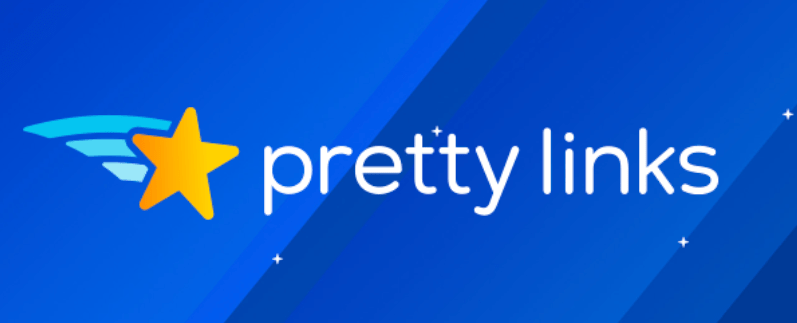
On Instagram and other marketing channels, you only have so much room for your URLs. Pretty Links can help make them clean and concise to generate more clicks.
Conclusion
You don’t need to be famous or verified on Instagram to engage in social selling. Affiliate marketing lets you promote brands and products you’re passionate about to earn a side income.
As we discussed in this article, three tips you can use to get started with affiliate marketing on Instagram include:
- Promoting products you’re passionate about.
- Conducting research to create an informed content strategy.
- Understanding your options for linking.
Do you have any questions about Instagram affiliate marketing? Let us know in the comments section below!
If you liked this post, be sure to follow us on Twitter, Facebook, and LinkedIn! And don't forget to subscribe in the box below.



Hey John,
Do you think people with less then 10k followers should bother with IG affiliate marketing? It seems its hard to get clicks unless your over 10k. One option that may work that wasn’t mentioned, is some type of coupon code. That way the user can type in the coupon at checkout without going to the link. I know some programs have this option and I think it can be useful for something like this.
Best Regards,
Tyler Odin
That’s a great point, Tyler! Yes, a coupon code is a great way to still participate in affiliate marketing, especially if you’d like to see what type of engagement and how many click-throughs you can get.